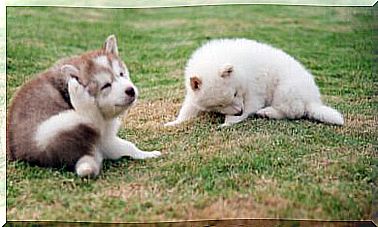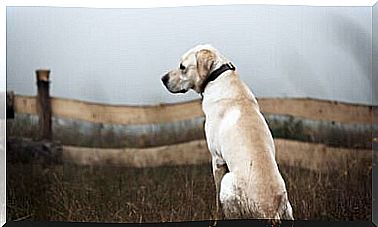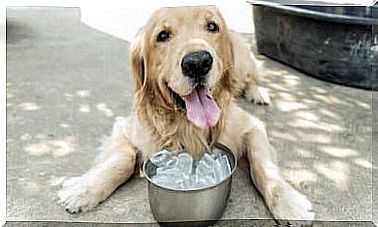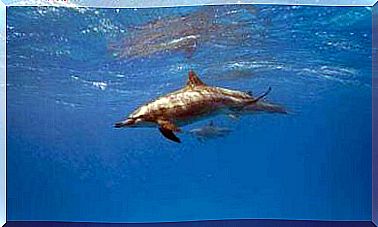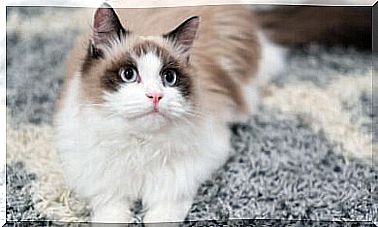7 Animals With Habits Harmful To The Environment
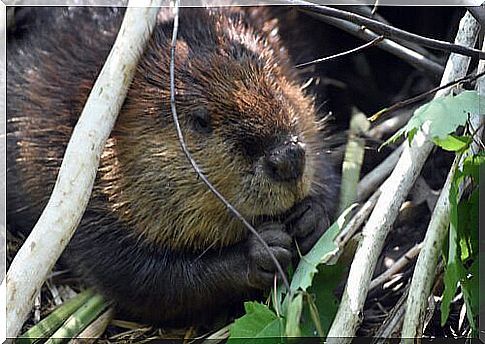
When a species reaches and conquers a new habitat – generally due to the forced introduction by man – the ecosystem will inevitably suffer from its “habits”, both food and reproductive. Animals with harmful habits negatively affect these environments and the other beings who live there. In this article we will tell you about some of them.
What are animals with harmful habits?
The International Union for Conservation of Nature (IUCN) is an organization responsible for documenting and analyzing the effects of those exotic species, both animal and plant, that damage the environment in which they are found.
Although we all know that humans are the most harmful to all other species, the truth is that they are not the only ones. There are other animals that, due to their diet, lifestyle or reproduction, have a negative impact on certain ecosystems. Below we will show you the seven most striking cases of species with habits harmful to the environment.
1. African giant snail
Despite being a native mollusk of tropical Africa (Kenya, Somalia and Tanzania), today this snail is also present in some countries of South America, such as Venezuela, Colombia and Peru. In fact, it is able to adapt very well to all hot and humid climates.
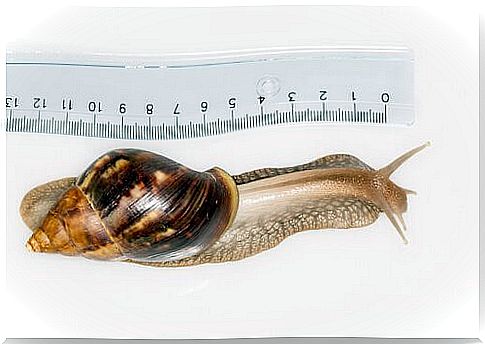
The giant African snail feeds on leaves and plants in large quantities, which is why it is considered a harmful animal . Moreover, due to its speed of reproduction it can easily become a real plague for plantations. Finally, its secretions cause infections in mammals that come into contact with them.
2. Goat
This domestic mammal, from which meat and milk are obtained, lives in the high mountains, in areas of great slope and altitude. In addition, it feeds on any plant it can find in its way.
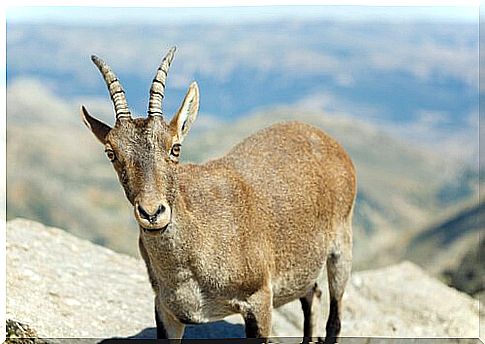
Goat farming is harmful to the environment because it can cause the destruction of trees or plants that these animals uproot. To avoid this, they must be brought to rocky and almost sterile soils, with sufficient vegetation, and so that they can feed themselves sufficiently.
3. Crazy yellow ant
Scientifically known as Anoplolepis , this insect is characterized by the change of the environment in which it lives, be they urban or agricultural areas. It is considered one of the animals with the most harmful habits because their colonies are made up of millions of specimens and can literally infest entire territories.
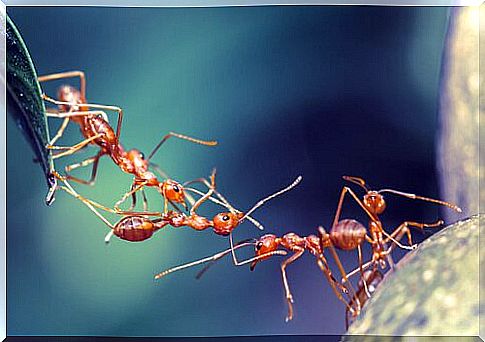
This invasive insect is considered a “plague”, as it never rests, at any time of day or night and always continues to search for food. Its diet is made up of almost any type of decaying organic element, be it plant or animal.
4. Otter
This rodent, typical of South America, lives in wetlands and has destructive habits for the environment. When it builds its burrows – using trunks, branches and leaves – it is able to change the course of rivers, and can even cause drought in certain areas, as these structures act as natural dams.
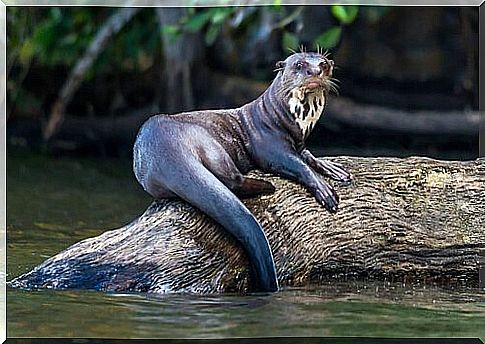
The beaver, a close relative of the otter, is also considered harmful in those places where it has been introduced. The reasons are certainly the same. They are able to form very thick and strong dams and have a very negative effect on the cutting of trees. Thanks to their powerful teeth, they can slowly clear the areas adjacent to lakes and streams, changing the morphology of entire areas.
5. Brown tree snake
Its habitat is the northern coast of Australia and several islands of Oceania. He was accidentally brought into a merchant ship on the island of Guam, where he “took advantage” of the lack of natural predators, such as wild boar, to reproduce without problems.

The proliferation of this snake in the area has caused the devastation of most of the native birds and the reduction of the population of other animals, such as lizards and bats. The diet of this reptile is quite extensive and also includes small rodents and shrews.
6. Common deer
This variety includes about 27 subspecies which are distributed in the Northern Hemisphere, mainly in the United States, Canada and Scandinavia.
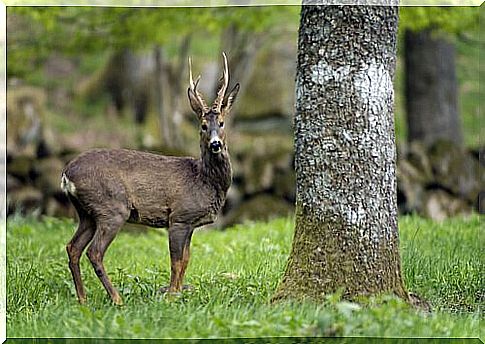
However, it is considered harmful in those places where it was introduced for hunting: Chile, Argentina, Australia and New Zealand. There it competes with other native herbivores for food.
7. Rainbow trout
This fish, which can live in fresh or salt water and has been introduced to almost any environment, is another animal with noxious habits worth highlighting.
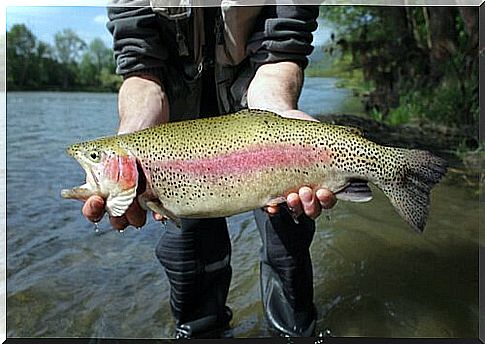
Being very long-lived, they live about eight years and reach 120 centimeters in width. They are ravenous predators and are capable of significantly reducing populations of small fish and zooplankton within rivers and seas.
